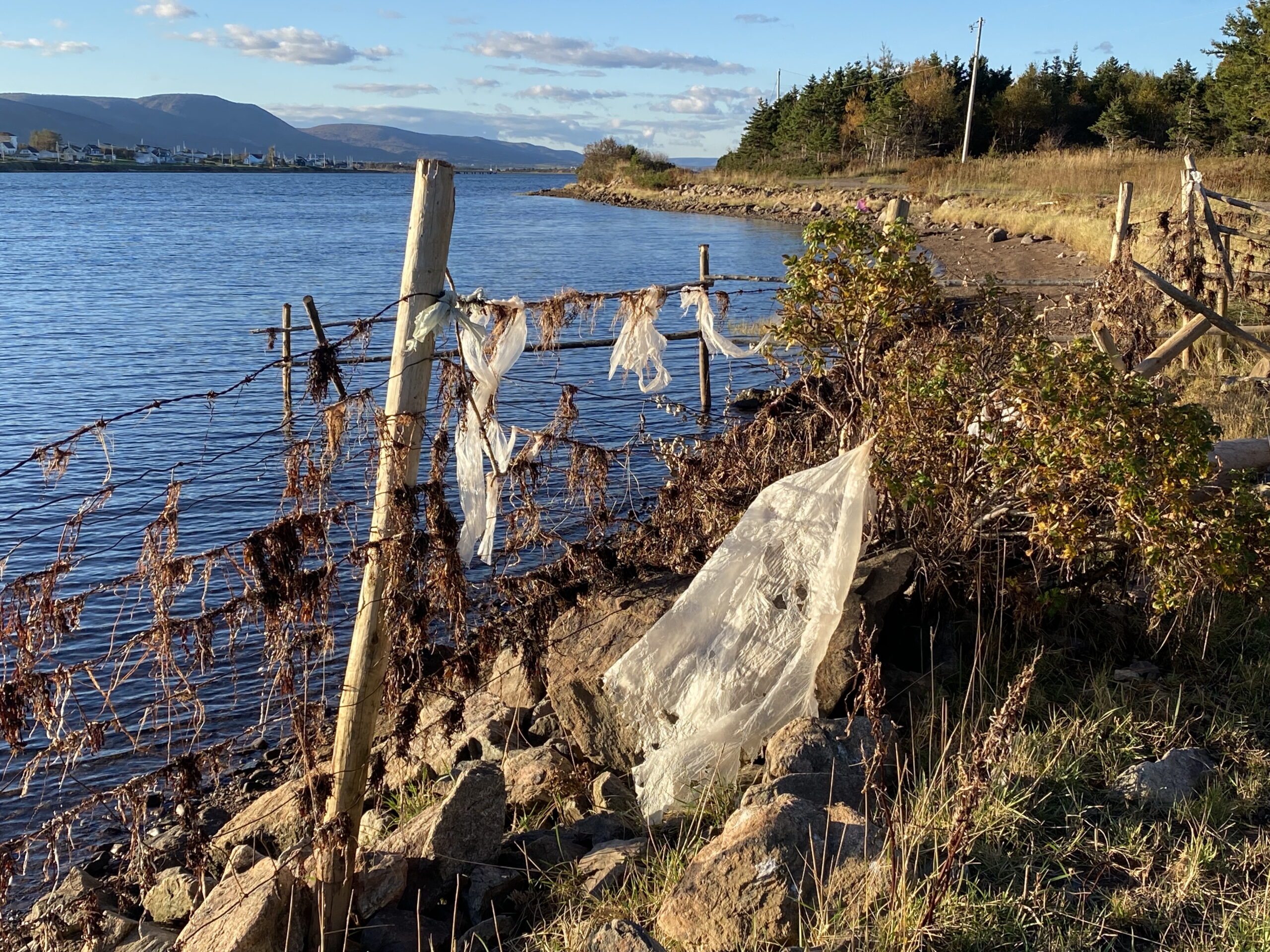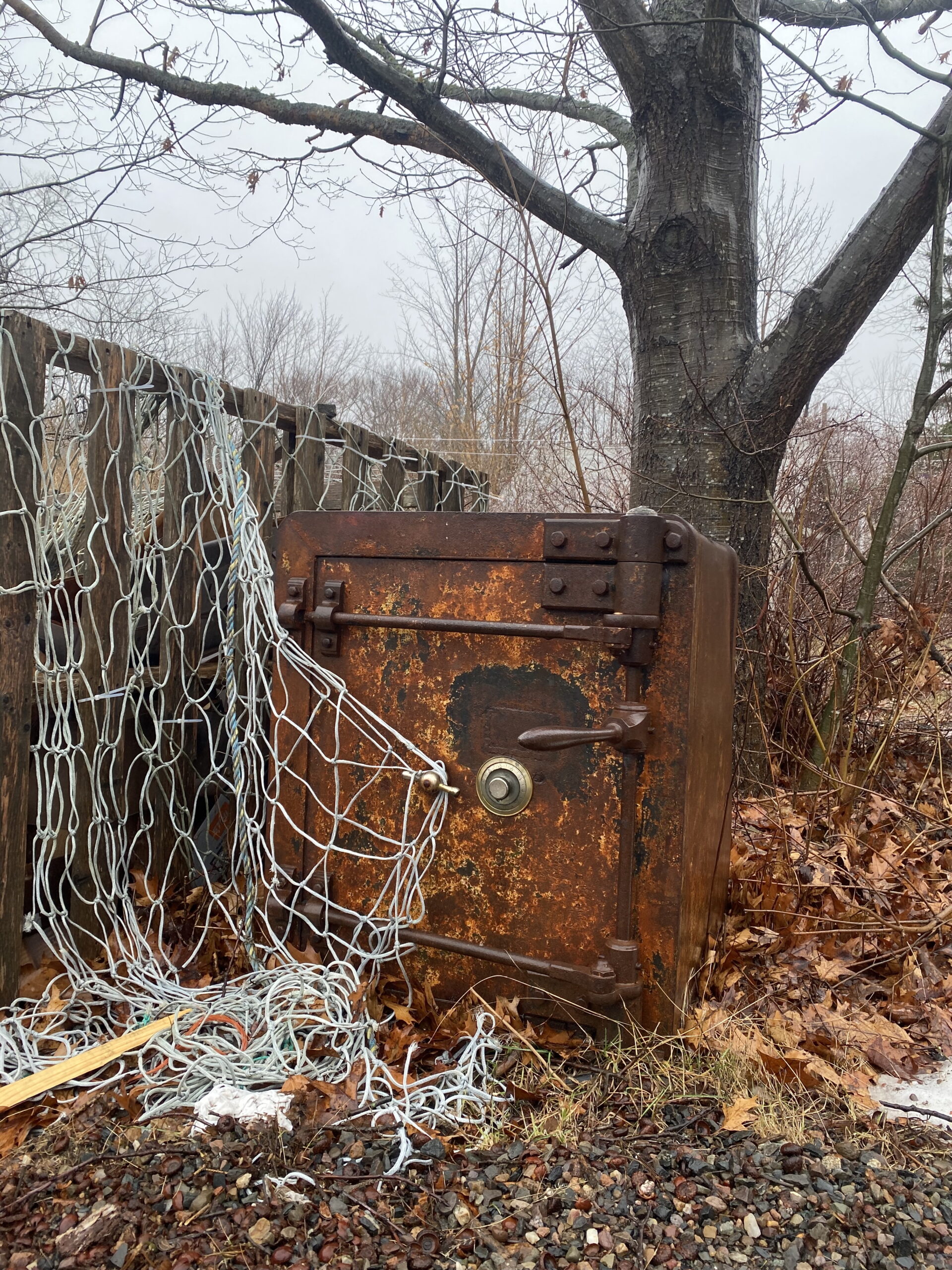Field photography – There’s something funny about walking through a forest with a camera in one hand and a garbage bag in the other.
Lately, my photography outings have felt a little like detective work, bushwhacking through tickets wondering if I am following a long forgotten trail. Following faint paths, poking through swamps and crouching in ditches. The mission? To photograph the things we usually look past: the forgotten, the discarded, the things we leave behind.
I go looking for traces of people: not portraits or selfies, but the quieter, messier clues. A crushed Tim Hortons cup sun-bleached and soft. A tangle of fishing line caught in a branch. Rusted cans sunk halfway into moss like they’ve been there a decade. Often, they have.
I’m working on a new series (you might have guessed) called What We Leave Behind. It’s rooted in a question I keep coming back to: how do we treat land when we think it’s “ours”? What does it mean when we leave trash behind in places we use for walking the dog or just because we feel no one will notice?
It’s not glamorous work. People are looking at the beautiful scenery while I am glancing in the bushes to find beauty (?) in a newly flung dog-pooh bag balanced in the brambles.
The rhythm of it, walking, pausing, noticing the things and wondering how they got there. It maybe the windswept plastic around a fence wire or a rusted piece of metal. It becomes more than a photography outing. These objects tell stories. A reminder that slowing down and really looking can shift your whole perspective. It certainly has mine.
If you’re someone who’s ever walked past a rusted can and felt a twinge of curiosity—or even guilt, you’ll probably find something familiar in these images.
Stay tuned for more. And if you have a “spot” that’s quietly cluttered, weirdly beautiful, or just calls to you, I’d love to hear about it.



